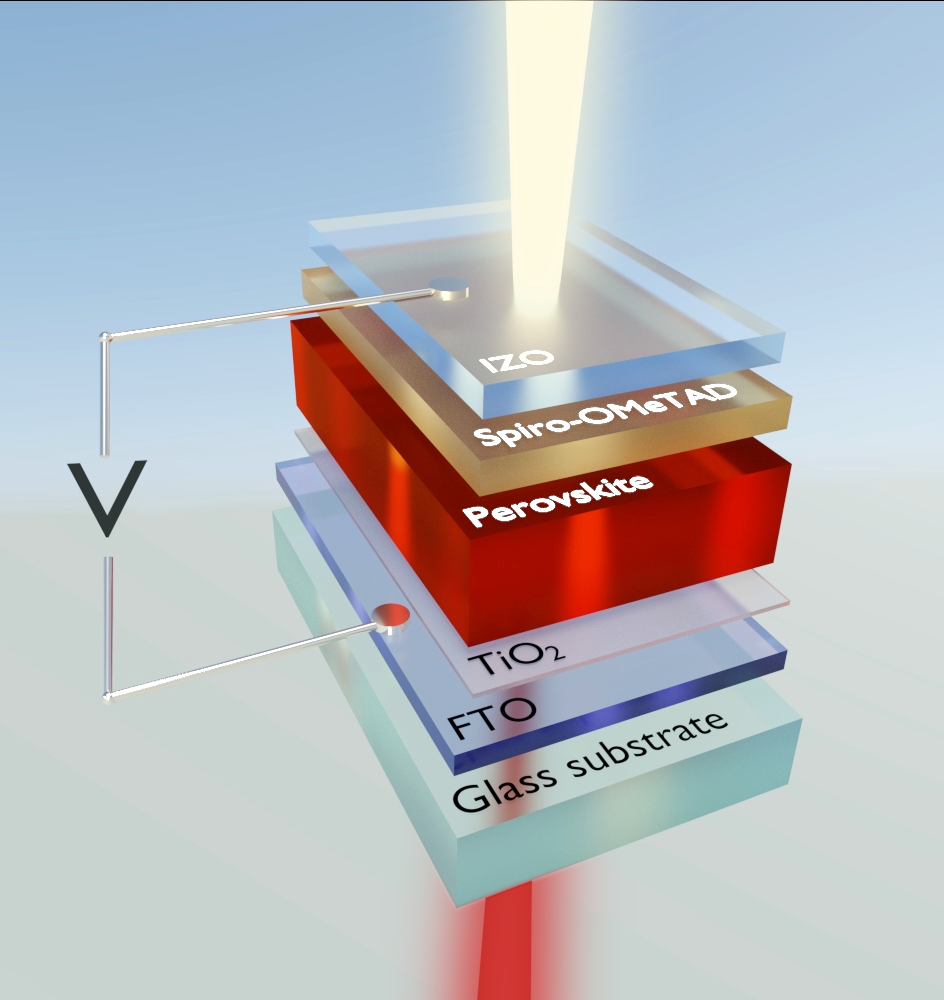Why Perovskite Solar Cells Are So Efficient
Solar cells with efficiencies above 20% and produced at low costs – perovskites make this possible. Now, researchers of Karlsruhe Institute of Technology (KIT) have gained fundamental insight into the function of perovskite solar cells. They found that bound states of electron-hole pairs can form during the absorption of light. Still, these pairs can be separated easily for current to flow. In addition, they enhance absorption. Work of the scientists is reported in the journal Applied Physics Letters. (DOI: 10.1063/1.5017943)
Perovskites are among the most promising materials for solar cells: When using them, the high efficiency can be combined with low-cost production. Photovoltaics research focuses on halide perovskites that contain both organic and inorganic compounds and, hence, are considered hybrid semiconductors. “In less than one decade, these perovskites underwent an outstanding development. Meanwhile, perovskite solar cells convert more than 20% of the incident light directly into usable current,” says photovoltaics expert Dr. Michael Hetterich of KIT, who coordinates collaboration between KIT and the Center for Solar Energy and Hydrogen Research Baden-Württemberg (ZSW). The vast potential of perovskites is also obvious from tandem solar cells that combine a semitransparent perovskite top cell with a silicon or copper-indium-gallium-diselenide (CIGS) bottom cell. This allows for an optimal use of the solar spectrum.
More information
or, 04.04.2018

